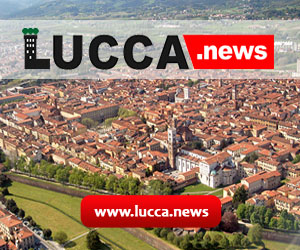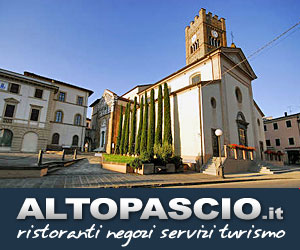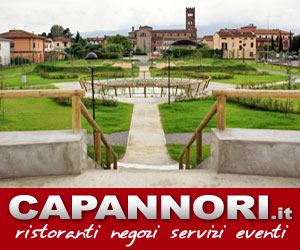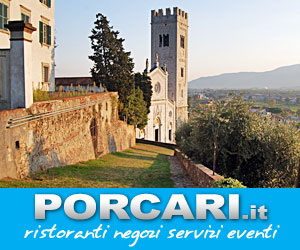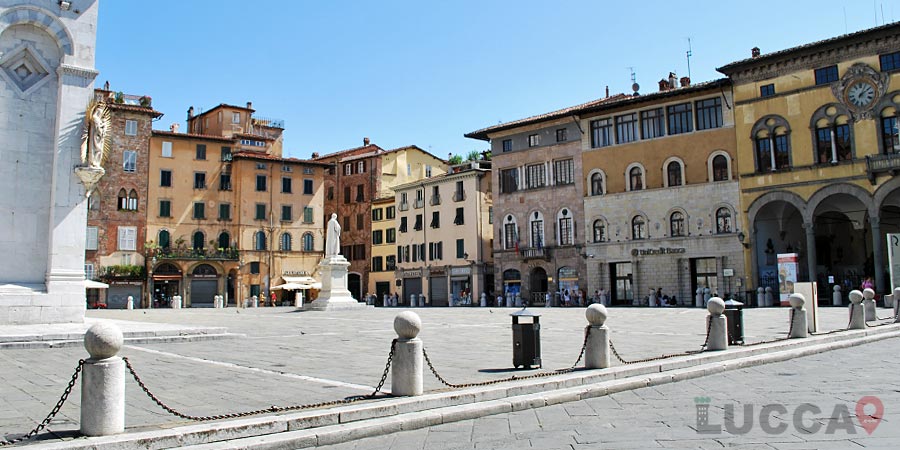
San Michele Square (Piazza San Michele) Piazza San Michele, LUCCA,
Piazza San Michele is an ancient square in the city of Lucca. The square has a very beautiful and exquisitely built Romanesque church located in Italy in the Lucca Province. The church has interesting facades. The Piazza San Michele square that has the church is also known by the name Square Of The Chains. The name has been so assigned because the church has columns that are linked with each other by huge and heavy chains. Shiny marbles combine to form the four colonnaded church levels, and there is also an inlay of mythical and real animals’ menagerie.
At the square once stood Palatium Civitalis a public palace that was demolished in 1370. Palatium Civitatis or the public palace was built next to the church but then disappeared later. It was subsequently transferred to Augusta Fortress, another ancient monument (a fortress) in Lucca.
Laying Of The Church Square
The San Michele square was paved for the first time in the year 1370 in the form of Palazzo Pretorio. During the 17 and the 18th centuries, the levels of pavements and roads were raised, and the area was closed with chains. The houses that are located in the area belong to the medieval time periods and have an age of more than 800 years.
The Church
The church of the area was built in the 8th century, and records point out that the exact date was around 795 AD. Like most of the churches of Lucca, the San Michele Church is also built in a central yet oblique manner. The church has a vast and huge size and has the winding and narrow medieval paths that were part of the Francigena pilgrimage route. In the older times, pilgrims used to halt at the place and refreshed themselves. A story relates to an American pilgrim by the name San Davino. He was en-route to Santiago-De-Compostela and died during his stop at Lucca. Some believe that his soul has acquired supernatural powers now.
The church of San Michele has witnessed many changes over the time. After witnessing administrative changes a number of times, the church became Gigli family’s privilege. The family renovated and reformed the structure, appearance and furnishings of the church. Pope Alexander ordered the reconstruction of the church in the 11th century. You will find Gothic and Romanesque architecture styles fused in the Pissan-Lucan church architecture. The mysterious and classical era figures that you will find here are taken from the 12th-century medieval bestiaries.
Beautiful Exteriors And Decorated Exteriors Of The Church
Many different artists worked on the church architecture during the 13th and the 14th centuries. The loggette or small loggias were created here by the master sculptor Guidetto Da Como in the 14th century. Use of marble in the Lombard and Gothic styles for (decoration) can be found here. At the highest point of the church, you will find the Archangel-St. Michael Slaying The Dragon S statue. The statue has metal wings. The roof of the church was rebuilt in the 13th and the 14th century.
The church was at its height of splendor during the communal period and was used by the Podesta as a place for holding official meetings of Consiglio Maggiore until the year 1370. The Consiglio Maggiore was the highest government organ of Lucca.
Church Attractions
In the insides of the church, you will find beautiful and exquisite artistic works like Andrea Robbia’s Madonna With Child and Four Saints by Filippino Lippi. The statue that is located on the church’s side is a tribute to a prominent Lucca politician of the 16th century Francesco Burlamacchi.
The Square Buildings
All the buildings that surround the square have a medieval architecture that can be easily recognized by the pointed arches and multiple or mullioned windows that have pillars or columns separating them. You will also find here impressive, large and beautiful buildings like the Praetorian Palace (built in 1492) and Palazzo Gigli (built in 1529). The bronze statue located here is of Mathew Civitali, who was an Italian engineer and sculptor and belonged to the city Lucca itself. The statue was built by Arnaldo Fazzi.
Find Squares
